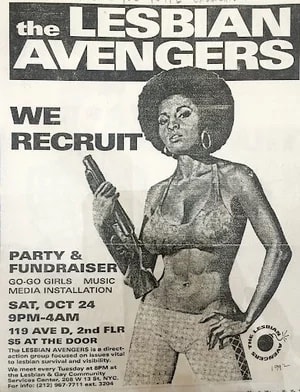When Yusef Hawkins, a 16-year-old Black teenager, was ambushed and murdered by a white mob in 1989, it drew attention to New York City's deep and longstanding racial divide. A group of teachers and administrators responded by creating "Children of the Rainbow," a curriculum for first graders intended to promote understanding and respect. Students would learn about Mexican hat dances and Greek New Year's Day bread, and within more than 400 pages of recommended learning activities, there was also a 6-page section on families, which included three references to gay men and lesbians.
Some parents, members of the school board, and clergy regarded books such as Heather Has Two Mommies, Daddy's Roommate, and Gloria Goes to Gay Pride as tantamount, in the words of board member Mary A. Cummins, to "dangerously misleading lesbian/homosexual propaganda." Cummins accused the Chancellor, Joseph A. Fernandez, of promoting "as big a lie as any concocted by Hitler or Stalin."
Playwright and theater director Ana Simo closely followed the escalating rhetoric, which mirrored the hatred and suppression gay men and lesbians faced on a daily basis. She invited Maxine Wolfe, Sarah Schulman, Anne-christine d'Adesky, Marie Honan, and Anne Maguire to strategize a response. They were already involved in women's and gay rights, as well as HIV/AIDS activism, but Simo says as lesbians their priorities were often sidelined. "No more talking, not community building," Simo explained, "The point was to do something on the street."
Zaps like this had significant precedents, says historian Lillian Faderman. In 1968 New York Radical Women protested the Miss America pageant by trashing their bras, hairspray, and girdles on the Atlantic City Boardwalk. In 1970 the Radicalesbians hijacked a meeting of the National Organization for Women, in T-shirts that identified them as the "Lavender Menace" (a mocking reference to Betty Friedan's disparagement of lesbians).

